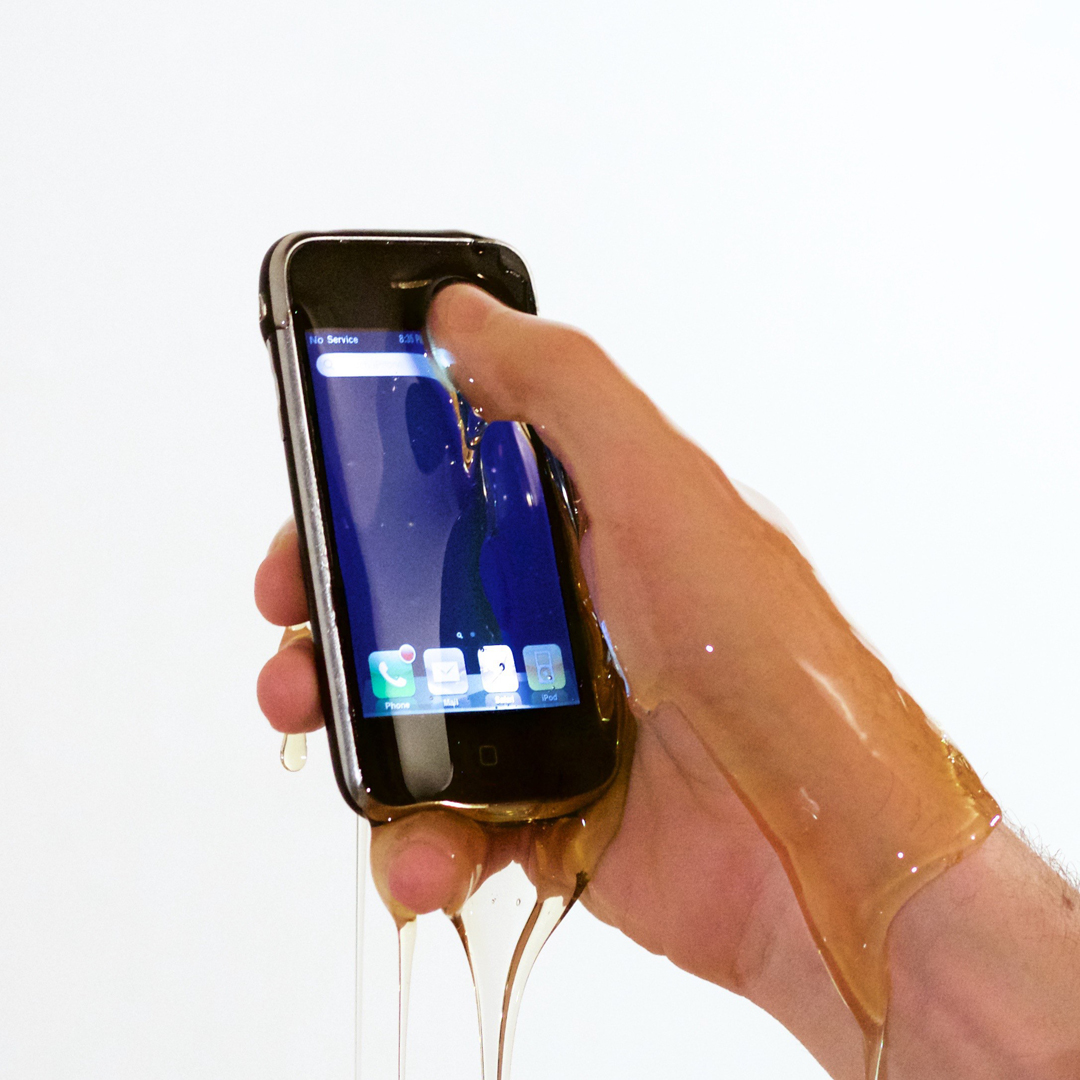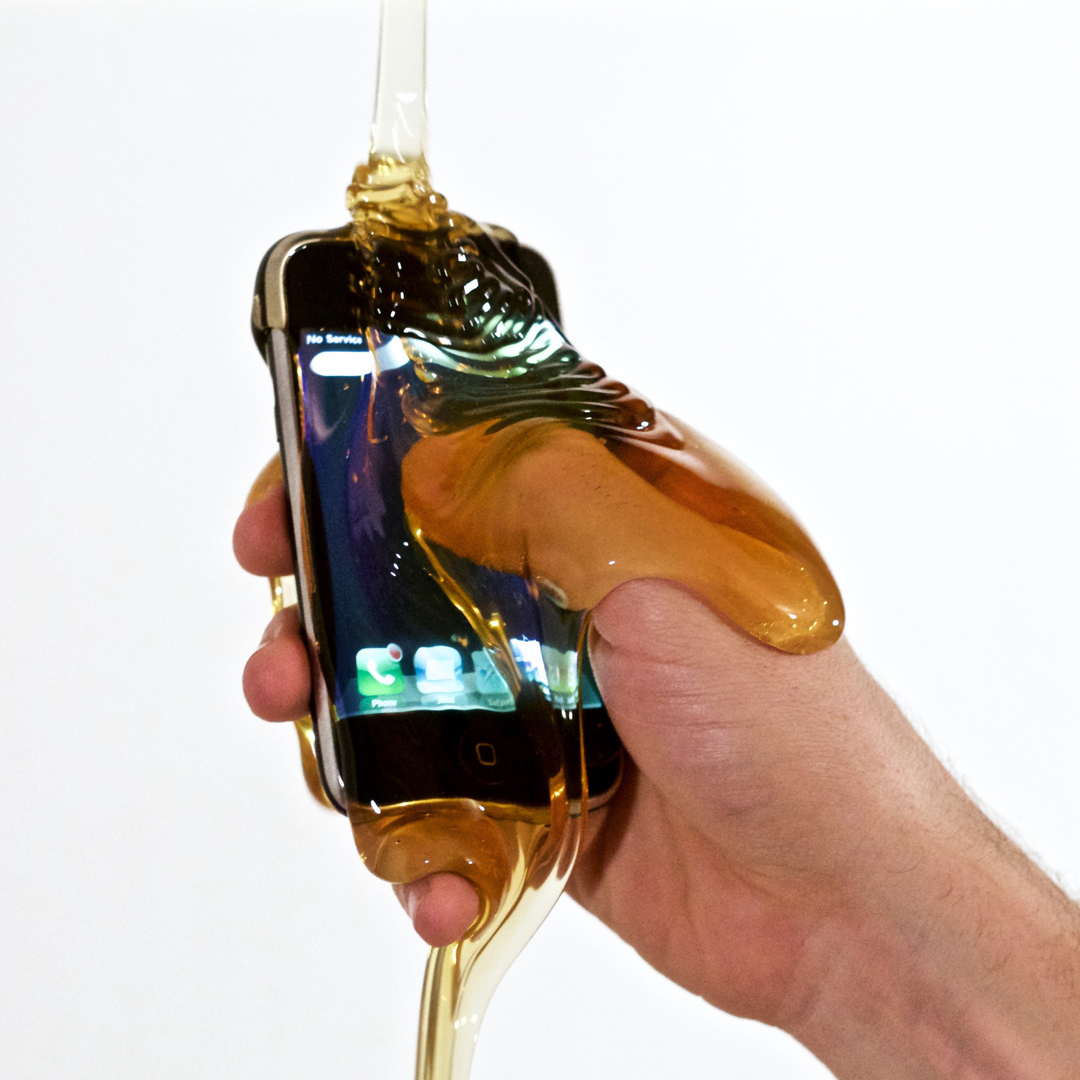Grasp of the Viscous Screen
Symposium:
Session Title:
- Dreaming VR and Post-Screen
Presentation Title:
- Grasp of the Viscous Screen
Presenter(s):
Venue(s):
Abstract:
“Honey is a slow-moving liquid; while it undoubtedly has a certain consistency and allows itself to be grasped, it soon creeps slyly from the fingers and returns to where it started from. It comes apart as soon as it has been given a particular shape and, what is more, it reverses the roles by grasping the hands of whoever would take hold of it. The living, exploring, hand which thought it would master this thing instead discovers that it is embroiled in a sticky external object.” – Maurice Merleau-Ponty [1].
“Grasp of the Viscous Screen” explores Maurice Merleau-Ponty’s phenomenology of the body and the complex chiasmic subject/object relations that occur within experience. [1] The proliferation of contact between body and technological screen bring about new complications in terms of embodied experience, as well as the need for new theorizations that account for the new materialist, corporeal and performative ontologies that arise in digital culture.
Honey makes explicit the intimate entanglement of body and screen surfaces which allows for a seemingly seamless flow of affect to flow from the here-body into the virtual and back again. The virtual is often spoken of as a separate reality that one becomes immersed in, but we can see here that the true nature of virtual experience is always a hybridity wrapped up in corporeal materialism. Media interaction necessarily involves affective actions of re:turning from the screen to the body and back again.
“Grasp of the Viscous Screen” brings forward a conceptualization of new media technology that gives recognition to the importance of the sensual, tactile sensorium bringing it into relevance to the affective and embodied turns. In this gesture, this series insists upon the importance of turning our focus to the nonrepresentational and non-ocular considerations of media and technology.
Further, this work gestures at a move beyond the screen-as-such, toward notions of post-screen in which the rectangular constraints of the screen perimeter disappear into a diffused interface that pervades physical space toward an invisible yet ubiquitous potentiality of digital interaction. This is in line with the popular discourse around the “Internet of Things”. This of course, is a paradoxical relation, in that an increasing tendency toward interfaces that foreground their materiality runs in parallel with their fading into invisibility, as well as the simultaneous paradox of the disappearance of the interface marks its increasing ubiquity.
This piece is the first part of an ongoing series of works that perform materialist interventions upon contemporary new media technologies to unravel the complex materialist notions that arise with the proliferation of glowing rectangular screen interfaces, and how their encounters with the fleshy, biological realities of the physical world bring forward a complex chiasmic encounter of public intimacy. [2]







